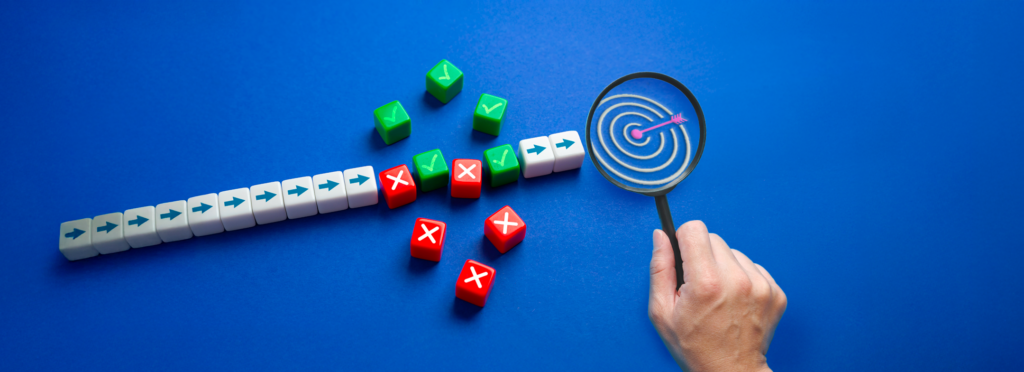Holistic Well-Being: Teach and Model Self-Care for Students

Almost everything will work again if you unplug it for a few minutes, including you.
– Anne Lamott

INTRO
Teach and model self-care to students to include: time, meditation, yoga, exercise, sleep, creative expression, and more. Adults on campus can openly share how they prioritize their own self-care and how it’s not “selfish” to put your well-being first.
GO skills and behaviors include elements of student agency– self-awareness, self-knowledge, and an understanding of who you are in the context of the world around you, including your family and your community. This includes leadership skills, advocacy skills, self-care, and healthy habits as well as skills like kindness and empathy. Many of these skills are necessary to successfully navigate big life transitions such as attending college, enrolling in a vocational program, starting a new job, or even beginning a new personal relationship.
OBJECTIVES
- Teach and model self-care to students to include: time, meditation, yoga, exercise, sleep, creative expression, and more
ACTIVITY
- Teach and model self-care to students.
- Use techniques like the ones below taken from this article in Psychology Today.
- Tools for Self-Care
- Carve out time – create a daily routine for self-care.
- Meditation – a fabulous way to promote relaxation and reduce anxiety, depression and stress.
- Yoga – strike a pose.
- Exercise – it gets you physically fit, and is a natural way to decrease anxiety.
- Sleep – most young people need 8-9 hours.
- Creative expression – channel your emotional state through an art form.
- See the article for the complete list.
TIPS
- Little Things, such as the above activity, are smaller efforts you can do tomorrow, or within the next week.
- Like this activity? Check out Inflexion’s full-page GO document for more ideas.






Responses